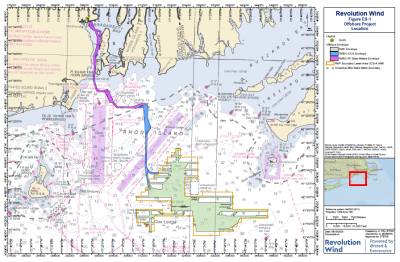By Capt. Kyle McAvoy, chief, Coast Guard Office of Commercial Vessel Compliance
The Alternate Compliance Program (ACP) is a voluntary alternate inspection process for U.S.-flagged vessels to obtain a certificate of inspection. This is done by complying with international conventions such as Safety of Life at Sea and Prevention of Pollution from Ships, the rules of an authorized classification society (ACS) and a U.S. supplement, as an equivalent standard to U.S. Coast Guard regulations.
ACP offers a streamlined process for owners to gain regulatory compliance while maximizing their vessels’ operating time, which is an attractive option under the current federal budget climate and constrained Coast Guard resources.
However, recent data shows that less than 40% of existing vessels that are eligible for the ACP are actually enrolled in the program. The Coast Guard encourages vessel owners to take advantage of this well-established program to help streamline their vessel inspections and reduce their downtime.
ACP is available for most new construction vessels, as well as currently certificated vessels, as an alternative to complying with a traditional vessel inspection and certification process conducted by the Coast Guard. Under the ACP, the ACS performs a majority of the annual inspection as they conduct their class survey. Then the Coast Guard has the opportunity to perform a compressed annual oversight exam. Enrollment in the ACP is intended to reduce the regulatory burden on the maritime industry while maintaining the same high levels of safety while offering greater flexibility.
Eligible vessels must be certificated for international voyages and be classed by an ACS with the appropriate authorization. However, vessels need not be on dedicated international voyages to qualify. The intent, rather, is to ensure that the vessels meet the requisite standards for international certification. Vessel owners or operators that want to have a vessel certificated under the ACP may apply by submitting an Application for Inspection of U.S. Vessel, Form CG-3752 to the cognizant Officer in Charge, Marine Inspections, or OCMI. The form must indicate the owner’s desire to enroll the vessel in the ACP and designate an ACS.
More information about the ACP (including a listing of individual ACSs, their respective authorizations by vessel type, and a link to Navigation and Inspection Circular (NVIC) 02-95, Change 2, the governing policy for the program) is available at the Commercial Vessel Inspection Alternatives and Delegated Functions website. If you have more detailed questions on the process for enrolling vessels into the ACP, please contact your local OCMI for further guidance.
From "Coast Guard Maritime Commons, the Coast Guard Blog For Maritime Professionals." This blog is not a replacement or substitute for the formal posting of regulations and updates or existing processes for receiving formal feedback of the same. Links provided on this blog will direct the reader to official source documents, such as the Federal Register, Homeport and the Code of Federal Regulations. These documents remain the official source for regulatory information published by the Coast Guard.




